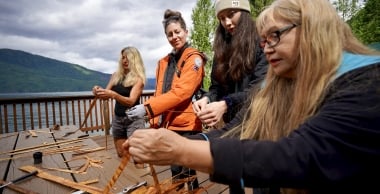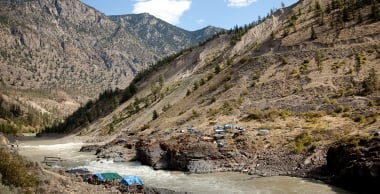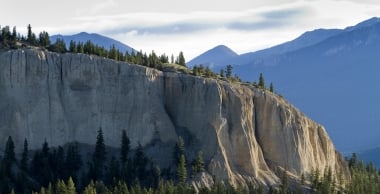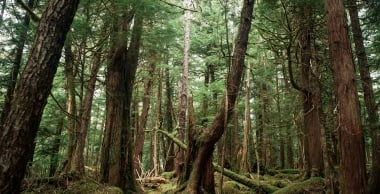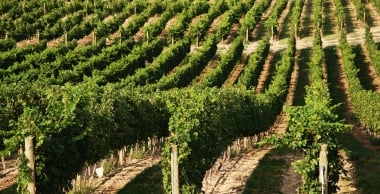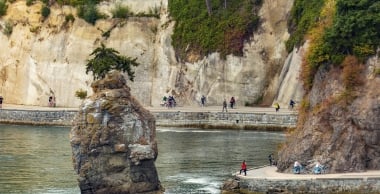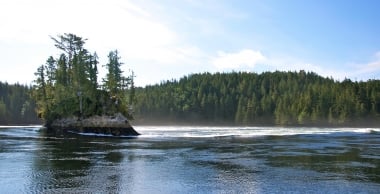Get to know your hosts.
The powwow committee and host community prepare for their guests with care. Often, hundreds of visitors are treated to free meals, camping, and chances to learn more about the culture and traditions of the community. Every community is different and it is best to be prepared.
Bring your own chairs and fuel up your vehicle if the powwow is in a remote location.
Don’t miss grand entry.
This is the opening of the powwow and your chance to see dancers of all styles enter the arbour in a show of colour, culture, and beauty. The parade of dancers in intricate beadwork, silver jingles, satin ribbon, and natural materials like deerskin and shells is led by the Flag Carriers, Veterans, and Head Dancers. Stand to show respect.
Ask and listen.
The MC is not just there to tell the best bad jokes you have ever heard but to give specific instructions and ensure everybody knows what is happening.Photography and video are usually fine.
Your MC will let you know if your photography is not appropriate—like when a dancer loses an eagle feather or a family shares an honour song. Show courtesy and ask permission before you go for a tight shot of an adorable tiny tot dancer or remarkable regalia, which often carries deep personal or spiritual significance.
Bring cash.
Powwows are usually not for profit, though some have a small daily or weekend attendance fee. This money keeps the powwow motor running and pays for things like the MC, community meals, and prizes for the dancers. Support local and Indigenous communities by buying an arm’s-length of raffle tickets or a traditional craft from a vendor.
Come and go.
You can check in for a couple of hours or camp out for the whole weekend. A three-day powwow in the summer heat requires endurance.There are frequent windows for rest which allow the athletic dancers, honoured Elders, and attentive audience a chance to seek shade, visit, eat, and get ready for the next song.
Intertribal means you. It really does.
It doesn’t matter if you are Indigenous or dressed in regalia.When the MC calls an intertribal, get up and dance.
Watch the feet of somebody who knows what they’re doing and join in. Take your children and celebrate the chance to come together in a good way.



















